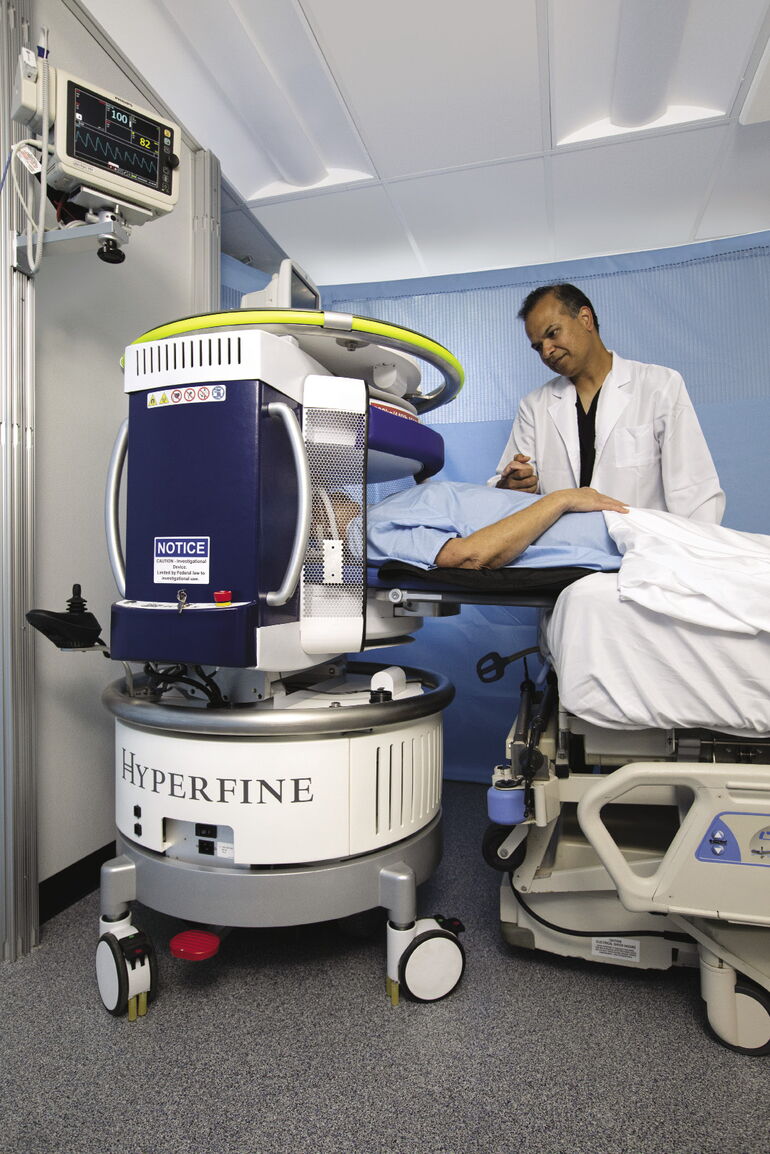Processing Your Payment
Please do not leave this page until complete. This can take a few moments.
-
News
-
Editions
-
- Lists
-
Viewpoints
-
HBJ Events
-
Event Info
- 2024 Economic Outlook Webinar Presented by: NBT Bank
- Best Places to Work in Connecticut 2024
- Top 25 Women In Business Awards 2024
- Connecticut's Family Business Awards 2024
- What's Your Story? A Small Business Giveaway 2024 Presented By: Torrington Savings Bank
- 40 Under Forty Awards 2024
- C-Suite and Lifetime Achievement Awards 2024
- Connecticut's Health Care Heroes Awards 2024
-
-
Business Calendar
-
Custom Content
- News
-
Editions
View Digital Editions
Biweekly Issues
- April 15, 2024
- April 1, 2024
- March 18, 2024
- March 4, 2024
- February 19, 2024
- February 5, 2024
- January 22, 2024
- January 8, 2024
- Dec. 11, 2023
- + More
Special Editions
- Lists
- Viewpoints
-
HBJ Events
Event Info
- View all Events
- 2024 Economic Outlook Webinar Presented by: NBT Bank
- Best Places to Work in Connecticut 2024
- Top 25 Women In Business Awards 2024
- Connecticut's Family Business Awards 2024
- What's Your Story? A Small Business Giveaway 2024 Presented By: Torrington Savings Bank
- 40 Under Forty Awards 2024
- C-Suite and Lifetime Achievement Awards 2024
- Connecticut's Health Care Heroes Awards 2024
Award Honorees
- Business Calendar
- Custom Content
Hyperfine’s Medical Game-Changer: Jonathan Rothberg scores again with portable MRI
 Hyperfine’s portable MRI can be rolled up to a patient’s bedside and produce a 3-D color image of a human brain within 10 minutes.
Hyperfine’s portable MRI can be rolled up to a patient’s bedside and produce a 3-D color image of a human brain within 10 minutes.
Imagine a stroke victim getting an MRI in the ambulance on the way to the hospital — saving precious time that could mean the difference between full recovery and devastating disability. Or an athlete being scanned for a brain or knee injury right on the sidelines at an NFL game.
Plagued by persistent headaches? What if your local walk-in clinic could tell you within minutes if it’s something serious?
Those may sound like moonshot ambitions, but a Guilford-based medical technology startup says it’s on the cusp of making them a reality.
The company, Hyperfine Research Inc., is pioneering a portable, point-of-care MRI it plans to market later this year for around $50,000, a fraction of the price of conventional machines, which typically cost in excess of $1 million.
While traditional MRIs are large and confined to protected rooms — often in hospital basements — Hyperfine’s MRI rolls up to a patient’s bedside, plugs into a standard AC wall outlet and is operated with an iPad.
At three feet wide by five feet tall, it measures about the size of a compact refrigerator, and can spit out a 3-D color image of a human brain within 10 minutes, leveraging artificial intelligence to highlight brain anatomy and enhance the picture quality.
Doctors at Yale New Haven Hospital and the University of Pennsylvania are piloting the device, which is awaiting U.S. Food & Drug Administration clearance.
The innovator behind this five-year-old startup is New Haven-born genomics pioneer Jonathan Rothberg, a serial entrepreneur with a successful track record for commercializing revolutionary medical inventions.
Rothberg, who lives in Guilford, is best known for inventing inexpensive and accessible high-speed DNA sequencing. He won the National Medal of Technology and Innovation for his work in 2015.
More recently, his Butterfly Network introduced a pocket-sized ultrasound device that connects to an iPhone and costs less than $2,000.
That startup became a health technology unicorn valued at $1.25 billion in 2018 following a $250 million investment by the Bill and Melinda Gates Foundation, Fidelity and others. The device is now being used in 20 countries.
Rothberg’s latest prototype has the potential to be another game-changer, bringing magnetic resonance imaging not only to hospital bedsides, but onto cruise ships, into ambulances and major sporting venues — perhaps even to clinics housed inside pharmacy chains like Walgreens. (Rothberg says all of the above have approached him about the device.)
But like all of Rothberg’s companies, Hyperfine also has a higher purpose: to make MRI available to the 4 billion people who lack access to medical imaging around the globe — particularly those in developing countries, where the nearest MRI can be a plane ride away.
“We don’t want your access to an MRI machine or an ultrasound to be a chance of your birth,” Rothberg says. “We want to make sure that it’s available to anybody, so it’s low-cost, it’s easy to use and it’s there when somebody you love needs it.”
The ripe time
The idea for a portable MRI machine had been germinating in Rothberg’s mind for decades, but the timing wasn’t right until several years ago, he says.
In 2014, he started brainstorming about how he could leverage the recent revolution in green electronics, including advances in magnets to power wind turbines and electric cars, and the “10-million-fold” increase in computing power since MRI first became commercially available in the 1980s, to transform a conventional MRI into something smaller, cheaper and more accessible.
“It has to be possible now,” he recalls thinking. So on an April weekend, he gathered some of the world’s leading engineers and scientists for a retreat on his boat, the Gene Machine, and told them that they wouldn’t be returning to port until they came up with a plan to re-invent MRI.
As the yacht sailed off the Florida coast, Rothberg laid out his challenge: Design something that could be wheeled into any hospital room, powered through a standard wall outlet and operated by a person without any specialized training. His final demand: It needed to be built for $10,000 or less.
“They said you’ve completely lost your mind. This just isn’t possible. But I reinforced that it’s my captain, my boat,” he jokes. “You’re going to figure it out.”
Within 100 days of that retreat, Rothberg had a working prototype and his first portable MRI scan: a 3-D color image of a green bell pepper, which has roughly the same molecular makeup as the human brain. “We hadn’t done any testing yet so we couldn’t put a person in it,” he says.
After working five years in stealth mode to perfect the device, the company introduced it last October at the American College of Emergency Physicians annual conference in Denver. Rothberg says conference-goers were lining up for brain scans right on the trade-show floor.
“Some people wrote on Twitter that it has to be a parlor trick. Because you cannot use an MRI in an open space in the middle of a conference with all of that electronic interference,” he says. “No one had ever had an MRI machine on the floor of a conference that was turned on.”
So how does Hyperfine’s MRI take images without being shielded in a special room? For one, the machine operates with a magnetic field 20 to 40 times lower than conventional MRI. Instead of using a using a powerful magnet to create images, Hyperfine’s MRI relies on high-powered computing, Rothberg explains.
With only 1/30th the magnetic strength of a conventional MRI, there’s no danger of metal objects like pens, keys or oxygen tanks being hurled into the machine.
The company then adapted noise-canceling technology (think headphones) to block radio frequency noise, effectively eliminating interference from lights, cellphones and the like. (The Dolby family, maker of noise-canceling headphones, liked the idea so much they invested in the company, Rothberg says.)
“Now the key is how do we make the image quality good enough so that it can answer those clinical questions that we need and not require this really big, expensive system?” says Hyperfine Chief Medical Officer John Martin, a vascular surgeon who is also CMO for Butterfly.
“I think with some of the applications we’re well on our way there. We’re awaiting FDA clearance, but we’re on the cusp of getting that for imaging of the brain,” Martin says. The company hopes eventually to get approval to image other body parts as well, such as feet, ankles and knees
Saving stroke victims
Yomna Nassef, MD, a spokeswoman for the American College of Emergency Physicians, saw a demo of the prototype at the trade show and was intrigued.
“The fact that a machine could come to the bedside of a patient is something that’s quite exciting for most emergency medical physicians,” says Nassef, who practices emergency medicine at St. John’s Riverside Hospital in Yonkers, N.Y. “We would have to be able to test it more in a clinical setting to know what the downsides are.”
She sees the greatest promise in changing how stroke patients are diagnosed in the emergency room. Clot-busting drugs and recent advances in surgical techniques have improved outcomes for stroke patients, she says, but there’s a small time window for successful intervention.
“Being able to get that MRI a little bit faster in those cases could potentially save a lot of lives and a lot of disability,” says Nassef.
Currently patients who come to the ER with symptoms are administered a CT scan, but those are not 100-percent effective in detecting strokes, so patients often must be admitted to the hospital for an MRI. Obtaining those scans right in the ER could not only save time, but spare patients the cost of a hospital stay, she says.
Possible drawbacks? Image quality and maintenance. “A lot of our emergency departments are very resource-limited,” she explains. “So we’d have to see exactly what it would entail [to incorporate it into the emergency room].”
Limitless applications
As for image quality, Hyperfine is upfront about what its MRI scanner can’t do — at least not yet. “If you have a very tiny stroke, less than 5 mm, you wouldn’t necessarily be able to see that on this device at this time — and I would underscore at this time — because the improvement in image quality over time has been miraculous,” explains Martin, the CMO.
“But if you have a stroke or a tumor that’s a centimeter [the size of a pea] or bigger, you’re going to see that,” he adds. “The beauty of this system is it’s really good at ruling something in.”
If doctors do detect an abnormality and need more definition, Martin says, they could always follow up with a traditional MRI. “So it’s a good way to stratify how urgently I need to prioritize the patient,” he says.
Yale School of Medicine neurology and neurosurgery professor Kevin N. Sheth, MD, is studying the device’s potential for imaging patients too unstable to leave the ICU.
Over the last 18 months, he has scanned more than 100 patients with the Hyperfine device in the neuro intensive-care unit at Yale New Haven Hospital. He says it can be especially useful for monitoring a brain condition, such as a hemorrhage, over hours or days.
“We’re not going to go down to the MRI suite every hour; that’s not safe or practical,” he says. “When you have a portable system, all of a sudden that becomes a very real option. You just wheel it around.”
Researchers at the University of Pennsylvania are testing the machine on patients with hydrocephalus, a brain disease caused by abnormal fluid buildup. The disease is treated by inserting a shunt into the brain to drain the fluid, which sometimes must be adjusted or replaced. UPenn is studying whether Hyperfine’s MRI can be used to safely and cheaply monitor those patients in a doctor’s office.
Because there is no radiation involved, Rothberg says the machine also holds promise for monitoring the brains of newborns. Meanwhile, he has a commitment from the Bill and Melinda Gates foundation to buy the first 20 Hyperfine MRI machines, once it receives regulatory clearance, to bring MRI to children in places that lack access.
“Our business plan is pretty simple,” says Rothberg. “We make our money [by selling it] to the 3 billion people who can afford it, and then work with charities to get it to the 4 billion people who can’t.”

2022 Giving Guide
This special edition informs and connects businesses with nonprofit organizations that are aligned with what they care about. Each nonprofit profile provides a crisp snapshot of the organization’s mission, goals, area of service, giving and volunteer opportunities and board leadership.
Learn more
Subscribe
Hartford Business Journal provides the top coverage of news, trends, data, politics and personalities of the area’s business community. Get the news and information you need from the award-winning writers at HBJ. Don’t miss out - subscribe today.
Subscribe
2024 Book of Lists
Delivering Vital Marketplace Content and Context to Senior Decision Makers Throughout Greater Hartford and the State ... All Year Long!
Read Here-
2022 Giving Guide
This special edition informs and connects businesses with nonprofit organizations that are aligned with what they care about. Each nonprofit profile provides a crisp snapshot of the organization’s mission, goals, area of service, giving and volunteer opportunities and board leadership.
-
Subscribe
Hartford Business Journal provides the top coverage of news, trends, data, politics and personalities of the area’s business community. Get the news and information you need from the award-winning writers at HBJ. Don’t miss out - subscribe today.
-
2024 Book of Lists
Delivering Vital Marketplace Content and Context to Senior Decision Makers Throughout Greater Hartford and the State ... All Year Long!
ABOUT
ADVERTISE
NEW ENGLAND BUSINESS MEDIA SITES
No articles left
Get access now
In order to use this feature, we need some information from you. You can also login or register for a free account.
By clicking submit you are agreeing to our cookie usage and Privacy Policy
Already have an account? Login
Already have an account? Login
Want to create an account? Register
Get access now
In order to use this feature, we need some information from you. You can also login or register for a free account.
By clicking submit you are agreeing to our cookie usage and Privacy Policy
Already have an account? Login
Already have an account? Login
Want to create an account? Register






0 Comments